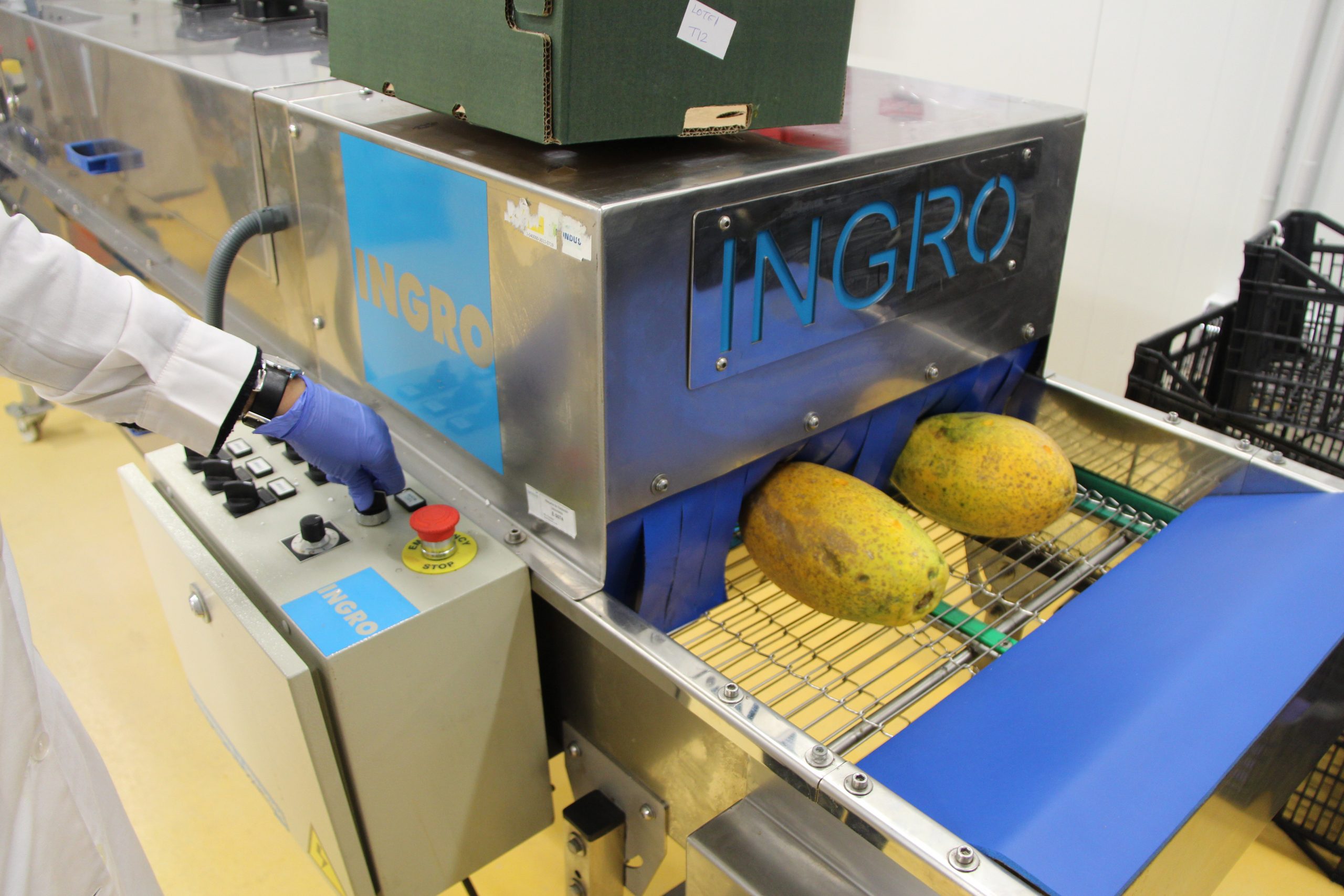
24 Aug Post-harvest care guarantees an increase in fruit and vegetable quality
16% of food ends up in the garbage
According to data published by the Food and Agriculture Organization of the United Nations (FAO), 16% of food ends up in the garbage in Europe, more than 20% of these foods are fruits and vegetables. The critical points where more product is discarded is in transportation, storage and distribution, and processing and packaging. These are critical points that, due to the type of product referred to, must be controlled, establishing strategies for optimal conservation, thus avoiding an increase in this percentage.
The Postharvest Technology Area of the Tecnova Technological Center studies different technologies for the postharvest treatment of fruits and vegetables that can be implemented in the different stages that the product goes through from the time it is harvested until it reaches the final consumer.
In order to offer the final consumer a quality product it is necessary to work, from pre to postharvest
Quality is the hallmark of current fruit and vegetable production, accompanied by food safety. In order to offer the end consumer a quality product, it is necessary to work, from pre to post-harvest, and take care of the different parameters that affect the shelf life of fruits and vegetables.
In the post-harvest stage there are tools and procedures that can help maintain the quality of our products, but it is also a stage that is not given too much attention and that can make a difference in the product. Taking care of certain key points such as washing, disinfection, classification, packaging, storage and distribution.
In the field of applying postharvest technologies, Tecnova studies the different packaging methods with modified atmospheres, both active (gas injection) and passive (with the selection of packaging films with specific permeability for the creation of passive atmospheres in equilibrium). In addition, the effectiveness of clean technologies for the hygiene of fruits, implemented by Tecnova within two lines, is also investigated: physical treatments (Ultraviolet Light, Ultrasound or mild heat treatment); and chemical treatments, such as the use of organic acids, plant extracts or reactive oxygen species.
The study and selection of the most suitable treatment strategy and parameters for each product is carried out by analyzing quantitative quality parameters such as weight loss during storage, color, firmness, total soluble solids, titratable acidity, vitamins, sugars, acids and phenols, among others. In this way, the perishable nature and useful life of the fruit can be estimated.
Through projects, such as the one carried out by the Postharvest Technology Area, Tecnova carries out a feasibility study of methodologies based on clean technologies to improve the flavor and integral quality of papaya, grown in Mediterranean climates.
The study investigates the ideal strategies for the conditioning and storage of papaya under different conditions, as well as the effect of applying clean technologies available to guarantee optimum quality, flavor and shelf life of the fruit.


